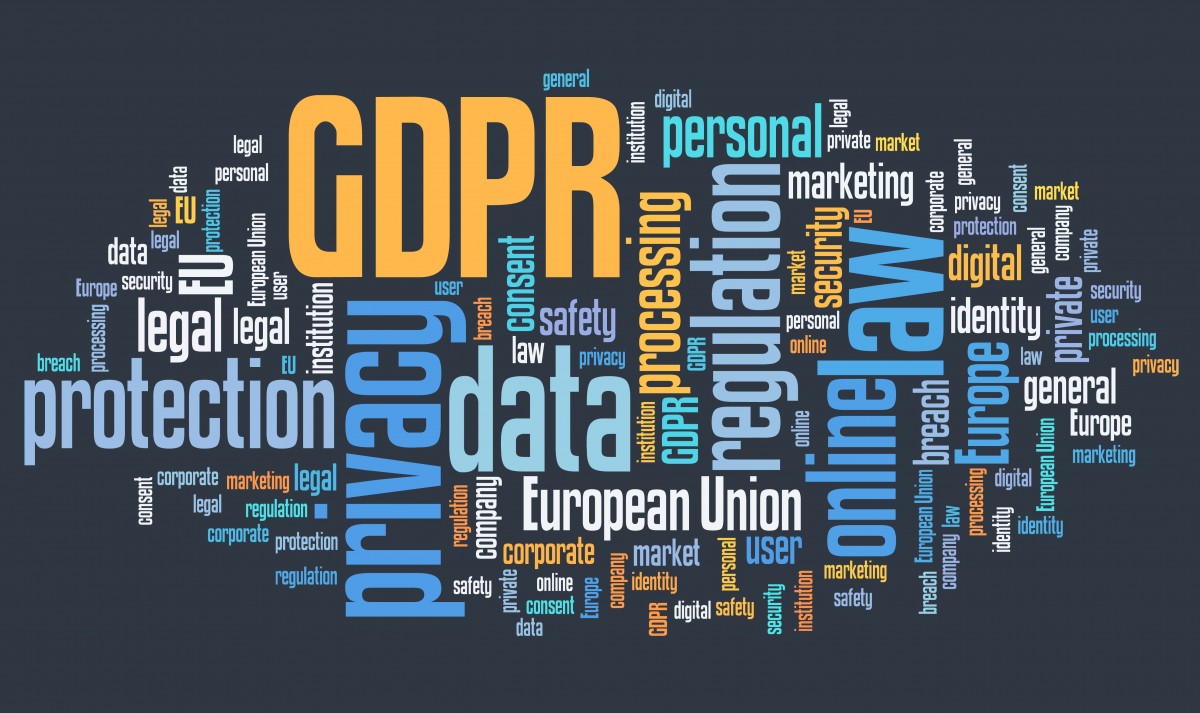On the face of it, this may appear to be a challenge for marketers. Delve a little deeper however, and you’ll find it also presents a wealth of opportunity - we’ll come on to this.
Online marketing channels have now matured to the point of becoming mainstream, and it is widely accepted that to stay competitive and give customers what they want, companies must offer a seamless, personalised, end-to-end service that will delight those customers and promote loyalty. This means they must also provide a genuinely omni-channel (as opposed to multi-channel) experience, which allows customers to move easily between channels even within the same transaction (for instance: ordering online, checking status on a mobile app and collecting from a local store).
But therein lies the rub. In order to provide this level of customer service that enables companies to survive and thrive – they need one thing above all else – data. Yes, just as GDPR kicks in and (quite correctly) protects the use of customers’ personal data, that very data increasingly becomes the lifeblood of business.
In particular, it is impossible to provide a genuinely customised, omni-channel and relevant marketing experience to customers without basing it on effective analysis of historic customer data sets. In fact, it is probably fair to say that the better segmented and more specific those data sets become, and the more comprehensive the sources drawn upon are, the better the end customer experience is. How can Marketers do this in line with such GDPR principles as data limitation and transparency?
Does GDPR prohibit any use of customer data in this way?
The answer is ‘no’, but it definitely does dictate the ways and means by which such data can be sourced, processed and applied. To fall foul of GDPR is to risk catastrophic penalties, so companies in general, and marketers in particular, must take care.
But the good news is that, by careful selection of privacy-first partners, marketers can gain access to comprehensive data that is relevant to their objectives, they can run in-depth and revealing analytics and they can use this to provide a genuinely personalised customer journey and omni-channel experience.
The secret lies in second-party data.
What is second-party data and how does it help?
Second-party data is quite simply a trusted partner’s first-party data. The organisation sharing its data is uniquely well placed to ensure that the consumer has been through a controlled, opt-in process to support the data sharing. Additionally, the partner accessing the data knows exactly where it is coming from.
We can use an example to explore the kind of opportunities this creates. When two businesses share a commercial interest - for example an Airline and a Hotel chain - combining their data provides a larger, more meaningful and wide-ranging data set than anything either party could produce alone. What is more, when administered correctly this is done without falling foul of GDPR.
It is not difficult to see how collaboration of this kind can be immensely helpful to everyone involved. For example, the Hotel chain can use data from the Airline to engage with known frequent fliers to a particular destination; the Airline can use data related to recent hotel bookings to engage customers in-market for flights. In this example, second-party data benefits both parties by providing insights around how their customers are interacting with their partners.
Second-party data keeps marketers within with the law, conveys great advantage
A year on from GDPR, it is clear that data privacy has become a key issue for consumers and businesses alike and has changed the behaviour of both. In light of the demand for precisely-tailored and personalised service, customer data is now a very valuable business asset but one that many businesses are failing to use to best advantage, often through concerns of staying compliant with GDPR.
By combining first and second-party data, marketers can align with regulation and by gaining greater customer insight than they could do alone. This enables marketers to power the kind of customer-centric marketing which consumers increasingly expect, thereby delivering a better and more relevant customer experience.
It is now apparent that, far from being the last word in data protection, GDPR has merely heralded the start of a movement towards greater privacy – and savvy marketers know they must plan in light of this. As ever, the advantage is likely to fall to the early adopter, so many are already scouting for the ‘best-fit’ second parties with which to collaborate. Is your company among them?




